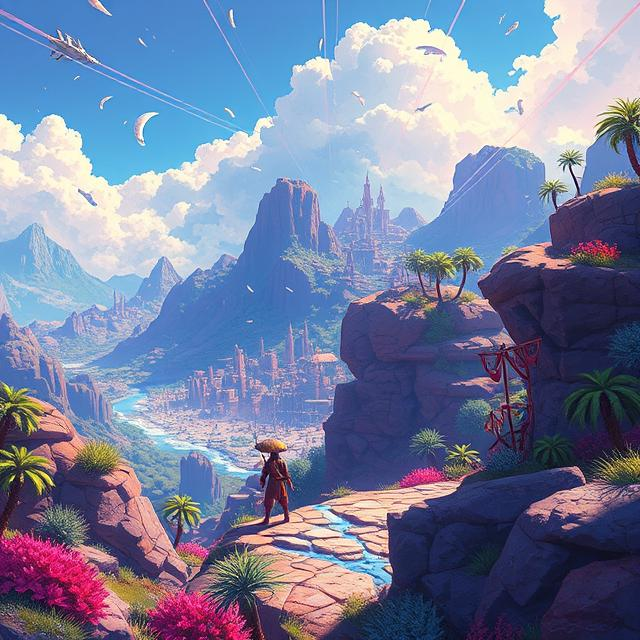Open-world games promise freedom—but delivering it well is a complex design challenge. Too little direction, and players feel lost. Too much, and the “open” world becomes just a large checklist.
The Legend of Zelda: Breath of the Wild redefined open-world exploration by giving players near-total freedom from the start. You can go to the final boss right away—or spend 50 hours cooking, taming horses, and climbing mountains. The key? Systems that interact naturally—weather, physics, stamina—that reward experimentation.
Games like Elden Ring also embrace non-linear discovery. There’s no quest log, no level gating. Players stumble into dungeons, bosses, and storylines organically. This approach favors curiosity over control.
On the other side, titles like Assassin’s Creed Valhalla or Horizon Forbidden West offer more structured open worlds. Quest markers, crafting loops, and level scaling guide players through curated experiences. These games feel cinematic but risk becoming overwhelming due to excessive UI and icon bloat.
Good open-world design should:
- Support multiple playstyles (combat, stealth, exploration, story)
- Encourage self-directed goals
- Respect the player’s time
- Avoid filler content for the sake of size
The true magic of open worlds lies in emergent storytelling—the adventures you stumble into, not the ones you’re forced to follow.

Leave a Reply